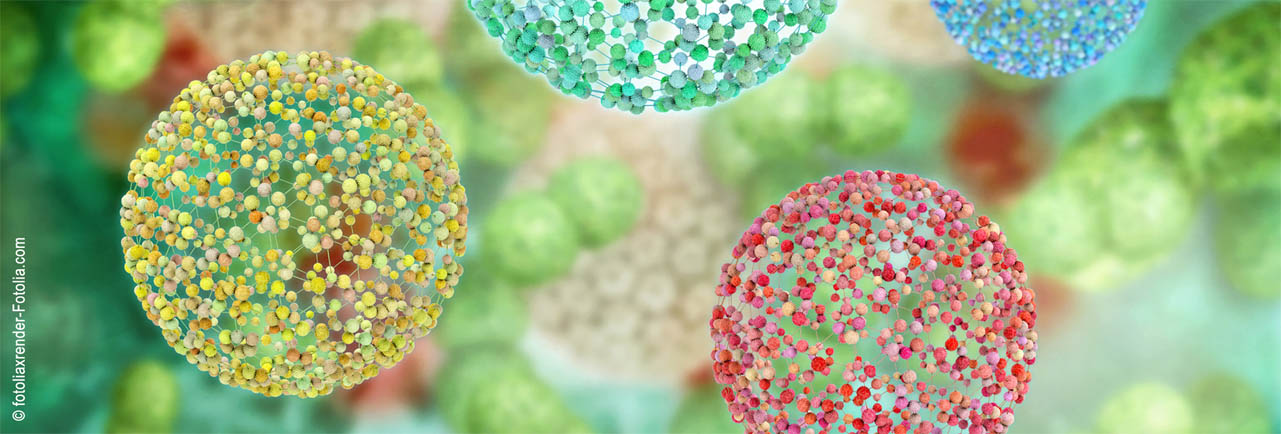Speaker
Description
Clay nanoparticles are gaining attention due to their remarkable physical and chemical properties.
On one hand, this work proposes a comprehensive analysis of water in nanoclays, investigating both platy and tubular clays, specifically halloysite nanotubes (HNTs) and kaolinite, highlighting the differences between them. In particular, NMR techniques were exploited: solid state, self-diffusion and transverse relaxation time (T2) of water were deepened.
On the other hand, since halloysite, thanks to its morphology and properties, can find many applications in the material science field, it was used as an interfacially active particle for the preparation of wax/halloysite-based Pickering emulsions. In the proposed research, microwax particles obtained from the Pickering emulsions were embedded in halloysite-based geopolymers, resulting in the development of a new hybrid material containing a phase change material on it. The improved flexural performance of these hybrid geopolymers makes them suitable as building materials with heat storage capacity [1]. Various techniques, such as thermal analyses, spectroscopies, and contact angle experiments, were employed to confirm the homogeneous dispersion of microwax into the geopolymeric network. Moreover, it was proved that the resulting material also finds application in coating as a protective layer on steel substrates. As a matter of fact, thanks to the contribution of microwax particles, the steel’s wettability changed, improving the hydrophobicity of the surface [2].
References
[1] Calvino M.M. et al. Journal of Environmental Chemical Engineering 10 (2022) 108594.
[2] Calvino M.M. et al. Materials Letters 330 (2023) 133257.

